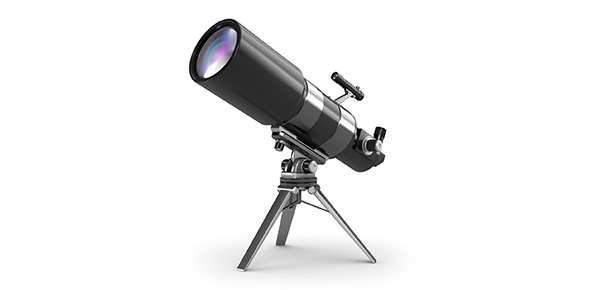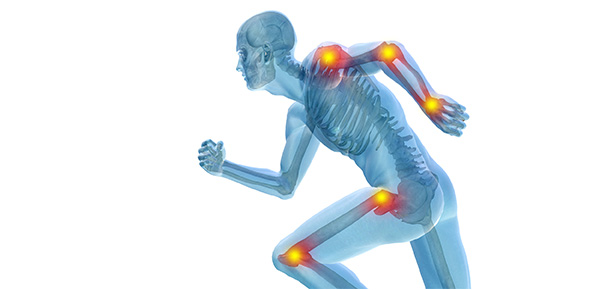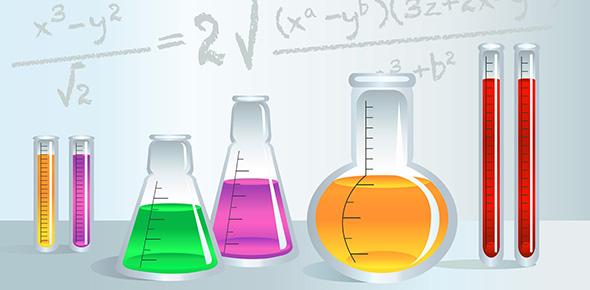Related Flashcards
Related Topics
Cards In This Set
| Front | Back |
|
What is the key assumption underlying behavioral approaches to therapy?
|
That the behaviors seen in psychological problems develop through the same laws of learning that influence the development of other behaviors.*Behavior problems are not 'things', but rather reflections of how the laws of learning have influenced particular people in particular situations.
|
|
What is stimulus generalization?
|
When two situations are similar enough that they elicit the same response (the person does not psychologically discriminate between the two situations).
|
|
What did the Bobo doll studies demonstrate?
|
Observational learning and vicarious conditioning
|
|
What does assessment look like in behavioral therapy? What four areas are assessed?
|
Therapist performs a functional analysis or assessment - especially objectively scored quantitative methods such as structured interviews, objective psychological tests, and a variety of behavioral rating forms.
Examine four key areas: - stimulus: antecedent conditions and environmental triggers that elicit behavior - organism: internal physiological responses, emotions, and cognitions - response: overt behavior engaged in by the person - consequence: what happens as a result of the behavior |
|
What is the purpose of assessment in behavioral therapy?
|
1) establish nature of client's problems and empirical baseline level of maladaptive responding2) insurance purposes: DSM diagnosis generally only assigned because of this
|
|
What is the role of the therapist in behavioral therapy?
|
Empathic and supportive, but therapists believe that this relationship merely provides context for specific techniques to create change.Also play an educational role.
|
|
What is the primary goal of behavior therapy?
|
To help the client modify maladaptive overt behaviors as well as the cognitions, physical changes, and emotions that accompany those behaviors
|
|
What are the eight clinical applications of behavior therapy listed in the book?
|
1) Relaxation training2) Systematic desensitization3) Virtual reality exposure4) Exposure and response prevention techniques5) Social skills training6) Modeling7) Behavioral rehearsal and homework8) Aversion therapy and punishment
|
|
Describe progressive relaxation training.
|
Involves tensing and then releasing various groups of muscles while focusing on the sensations of relaxation that follow.
Clients can learn to relax themselves and lower their arousal level. |
|
Describe systematic desensitization.
|
Works on the principle of reciprocal inhibition: 'if a response antagonistic to anxiety can be made to occur int he presence of anxiety-evoking stimuli so that it is accompanied by a complete or partial suppression of the anxiety responses, the bond between these stimuli and the anxiety responses will be weakened.'
1) Clients are taught progressive relaxation techniques2) Client and therapist create a graduated hierarchy or situations the client finds increasingly anxiety-provoking3) Imaginal desensitization begins: client relaxes and then visualizes each item on the hierarchy list - each one is complete when client can imagine it without anxiety for 10 seconds. Ideally transfers to real life situations, but client is also urged to seek out real life situations |
|
Describe virtual reality exposure. How effective is it?
|
Acts as an alternative to desensitization with real items, as this can be difficult or expensive. Client can be exposed to carefully monitored levels of almost any stimulus situation.
Well established for treatment of fear of heights, and also promising for fear of flying. |
|
Describe exposure treatments.
|
Direct exposure to feared stimuli is arranged so that anxiety occurs and continues until - because no harm comes to the client - it eventually disappears through the learning process known as extinction.
e.g. flooding - client spends long periods of time in contact with feared item *Exposure times must be long enough for anxiety to dissipate - otherwise avoidance behavior will be reinforced! Especially popular for obsessive-compulsive disorder -- also involves response prevention (keeps client from engaging in anxiety-reducing behaviors) Used lots with agoraphobia, panic attacks, and binge craving in bulimia. |
|
Describe social skills training - for what disorders is it used? What is the most popular technique?
|
Used especially for schizophrenia, depression, anxiety, and a variety of childhood disorders, including delinquency, ADHD, autism, and behavior problems resulting from fetal alcohol syndrome.
Assertiveness training is one of the most popular techniques. Designed to a) teach clients how to express themselves appropriately if they do not already have the skills to do so, and/or b) eliminate cognitive obstacles to clear self-expression. Taught that assertiveness is the appropriate expression of feeling in ways that do not infringe upon the rights of others |
|
Describe modeling - how effective is it and what sorts of disorders is it used for? How does it work?
|
Learning through modeling is usually more efficient than learning through direct reinforcement or punishment.
Used to treat many clinical problems, including social withdrawal, OCD, unassertiveness, antisocial conduct, physical aggressiveness, early infantile autism, and fears. Most simply, client observes live or videotaped models fearlessly and successfully perform behaviors the client avoids. In participant modeling, client first observes, then makes guided, gradual contact with the feared object or situation. |
|
How do behavioral rehearsal and homework work in therapy?
|
Therapist establishes practice sessions and situations whose demands are minimal, thus maximizing the client's chance of success - graded task assignments.
May happen in client's natural environment or, if the client is not ready, in a therapy session. |







